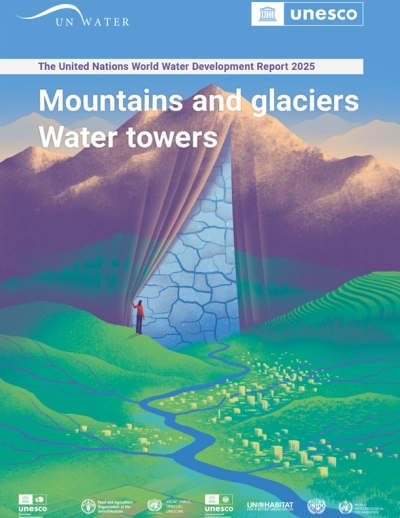During an online workshop on 22 April 2021, UN-Habitat launched the flood risk assessment and hazard mapping study and the proposed flood intervention, as part of the project "Strengthening the Social Stability and Resilience of Vulnerable Jordanian Communities and Syrian Refugees in Amman against Flash Floods".
The project is in line with Jordan National Natural Disaster Risk Reduction Strategy (2019) , where flash floods were identified as the second priority with maximum hazard of all risks, and with the "Amman Climate Plan 2050" proposed actions to mitigate flood risks.
City planners have overlooked the importance of storm water drainage and green infrastructure in urbanisation projects. Riverbeds of wadis have been replaced by wide lakes of asphalt, with little space and time for seasonal storm water to penetrate the soil and replenish the (critically overused) groundwater resources. Green spaces may contribute to regulate the climate in the city, but they are scarce, espcially in the densely populated areas in East Amman. Natural vegetation is being destroyed in urban expansion projects in the richer West.
Apart from risk reduction and protection of vulnerable communities, protection of natural water resources is in the interest of all the inhabitants of Amman, to improve the quality of life in the city and preserve it for future generations.

